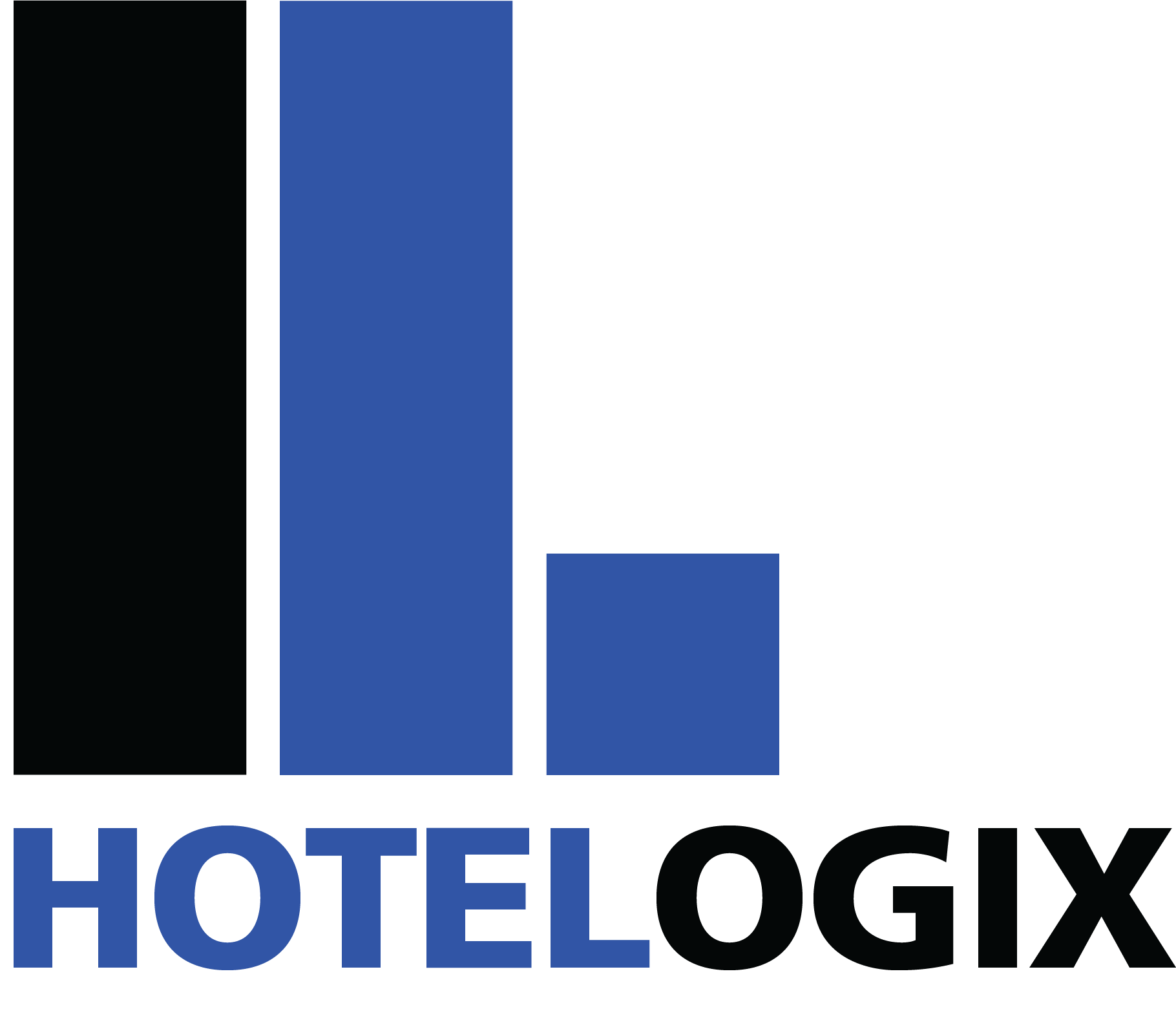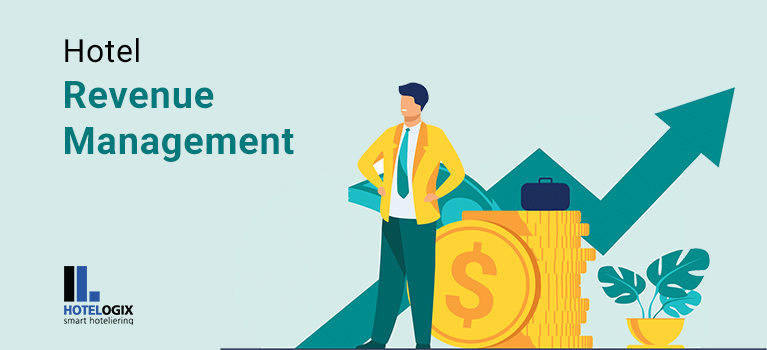Once upon a time, it was a simple thing to set hotel room rates. You had one rate for weekdays and another for the weekend. You also had seasonal pricing. That was about it. Today, that’s not the case. To say that hotel revenue management has become more complicated is something of an understatement.
The Situation with Modern Hotel Revenue Management
Many things have changed in the world of hospitality revenue management. One of the most visible is the number of channels available for selling rooms. With the explosion of online platforms, including your own website, it’s more complicated. Add to that smart technology, an increasingly competitive industry, the need to differentiate your property from others in the area, and you begin to understand the challenges inherent with creating a hotel revenue strategy.
The Rise of the BAR Method
One notable change in revenue management best practices is the shift away from old-style yield management methods and toward what’s called the best-available-rate (BAR) method. With the BAR method, the lowest public price available on your hotel’s website is used as the baseline for pricing. Then, each channel can fluctuate around that rate.
For instance, let’s say the BAR for your property was set at $100. The loyalty rate would then be set at about 15% lower than that rate. OTA package rates would probably be around 30% less than the BAR, and some of the less-used channels would even be 40% under the BAR. Note that all of these prices fluctuate in relation to the BAR you set, not to one another. That means if the BAR goes up, so do the other prices. If it goes down, the other prices decline, too.
It seems simple enough, but there is one problem here. This method fails to account for the dynamic nature of today’s hospitality industry or the different needs and expectations of guests approaching your brand through different channels.
The Rise of Dynamic Pricing
Dynamic pricing can also be called differentiated pricing. Essentially, this approach allows you to customize your offers to each guest based on a wide range of factors, and it goes well beyond what is possible with the BAR method, much less older hotel revenue management methods. How does it work?
The entire point of the dynamic pricing model is this – offering each room independently of other pricing models allows you to base your rates on demand and benefit from price elasticity. Another benefit here is that you’re able to capitalize on demand through channels normally not used during periods of high demand.
Put another way, dynamic pricing automatically changes based on important factors that affect your property, such as occupancy. This automates your pricing process and frees up time for your team to focus on mission-critical elements that might otherwise suffer. It also ensures better accuracy and cohesiveness throughout the year.
Shifting Your Mindset
Most hotels use a wide range of channels in an effort to cast a very wide net during non-peak times. During peak season, they often close down those other channels because it’s simpler (and often more profitable) to book through primary channels, like a branded website.
This makes sense in some ways, but the evolution of the hotel revenue management sector means that you’re actually leaving money on the table. With open, dynamic pricing, you’re able to set prices for all segments, room types, experiences, and channels independent of one another. In other words, you can leave discounted offers open and give up just a few percentage points versus the BAR method and present potential guests who might want to stay at your property with greater availability.
What happens is that when you close down your secondary and tertiary channels, guests who are not from your area (perhaps international travelers) and who are not familiar with peak season or its trends, will not be able to book a room with you because they’re presented with a blank wall – no vacancies. Without availability, they’ll turn elsewhere, meaning that you’re giving your competitors business.
The Need for the Right Hotel Revenue Management System
Obviously, setting dynamic pricing for your rooms, services, and extras can be time-intensive and laborious. That’s where the right tools come into play. At Hotelogix, we offer a dynamic pricing feature that enables you to set room prices so that they automatically change with occupancy.
This allows you to avoid the challenge of making manual rate changes based on demand while keeping up with modern hotel revenue management trends and ensuring that all potential guests are aware of your availability. In addition to automatic pricing changes, we also work with external vendors like AIOSELL and BEONPRICE to make your life easier and help you cast a wider net.
There are also other important and nice-to-have tools that you should consider. One of those is the ability to visualize data. Simply put, this type of tool takes the wealth of data available to you through various channels and transforms it into something digestible for humans. This allows you to glean important insights and make data-driven decisions based on factual evidence, rather than sentiment or guesswork. For instance, you can use data to determine which are the most important channels to leave open during peak season, so that you don’t miss guests but can better manage things during the busiest time of year.
Geographic information systems are also on the rise. A GIS can enable hotel revenue managers to make informed decisions for the property based on geographic data – where are your guests coming from during each period of the year? What are the geographic breakdowns and how can those be used to support your property? A GIS allows you to spot important information in ways impossible through traditional data analysis and modeling.
In Conclusion
When everything is said and done, the BAR pricing strategy is outdated and must be abandoned. It simply cannot account for the myriad of ways that guests can find your property today or the fact that not all guests understand the implications of peak season when you might block out availability on many different channels. With dynamic pricing and the support of the right tools, such as Hotelogix, you can operate a successful hotel and benefit from improved cash flow throughout the entire year.

